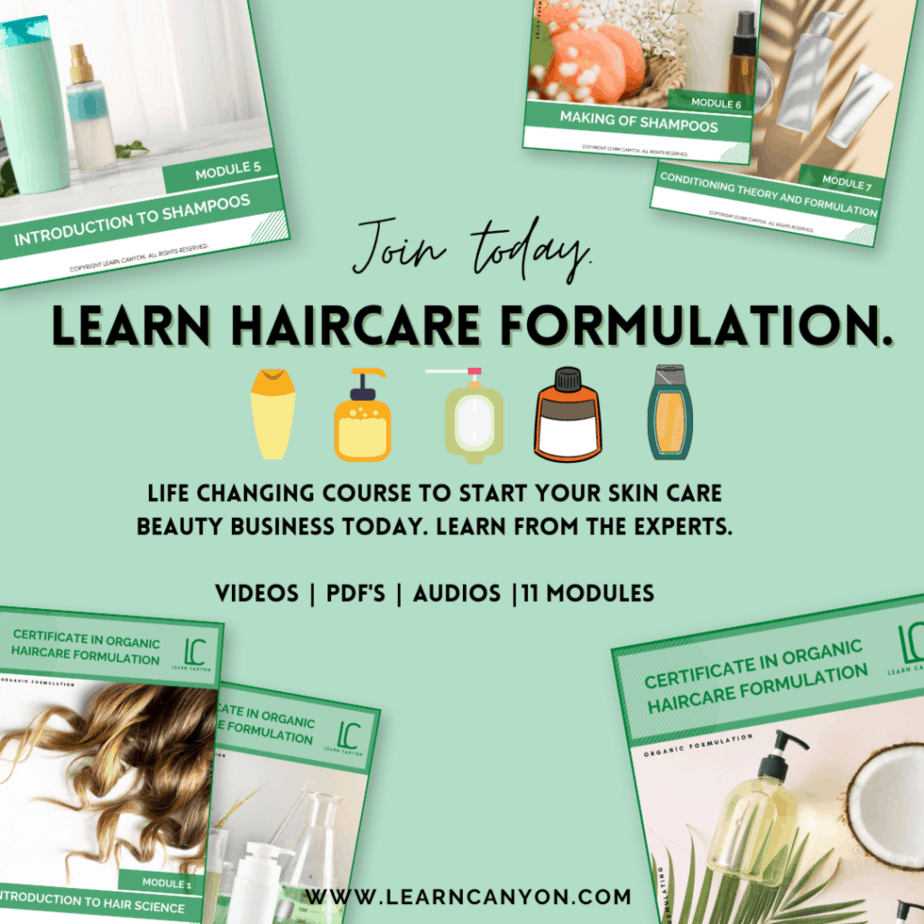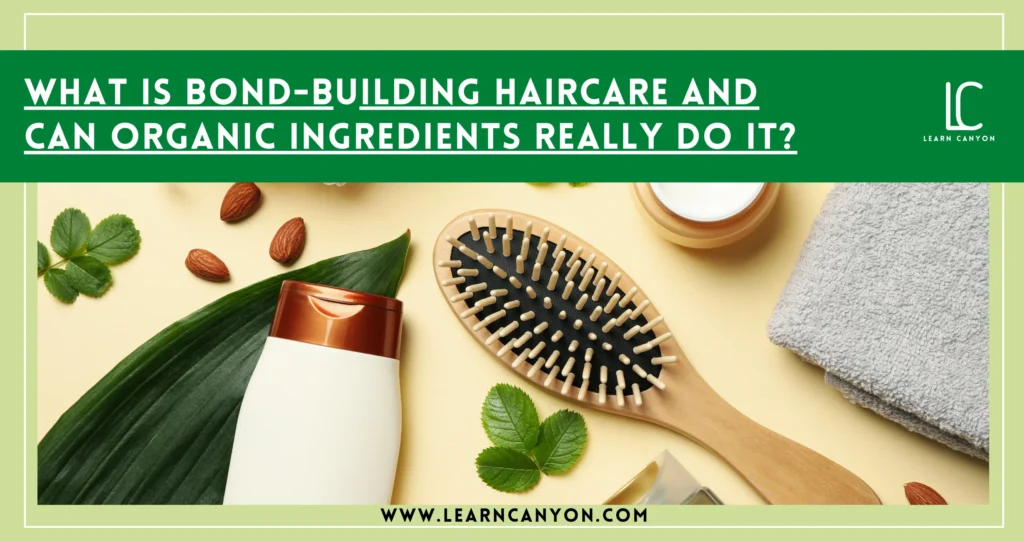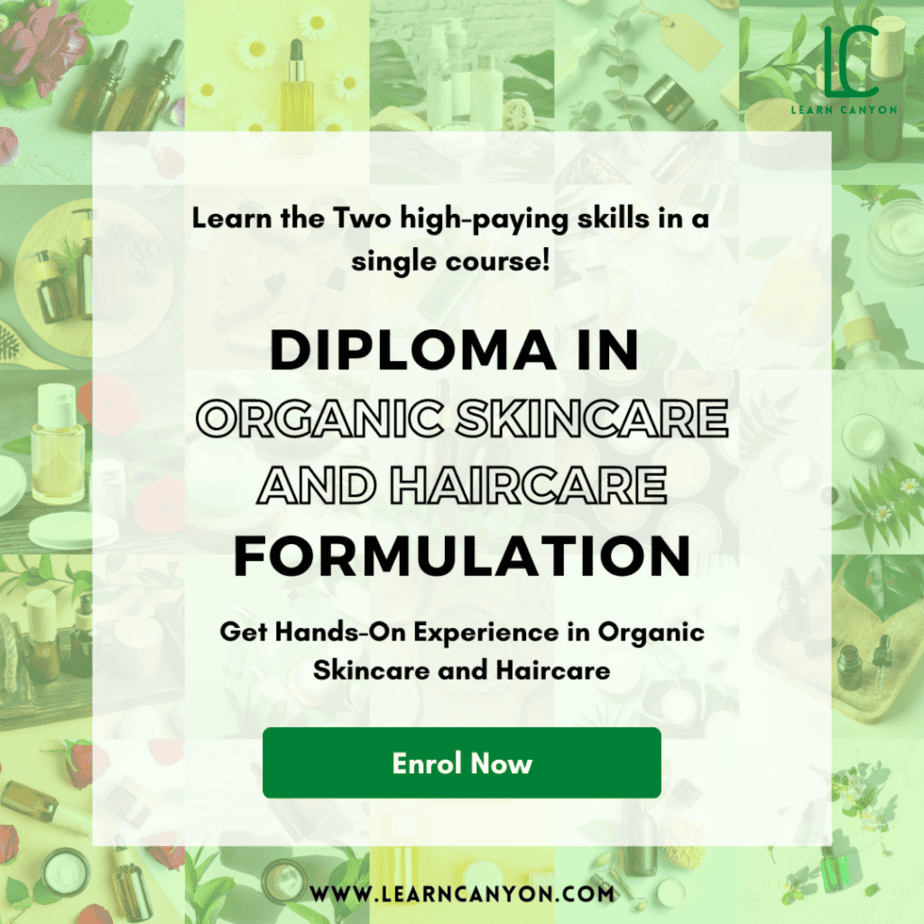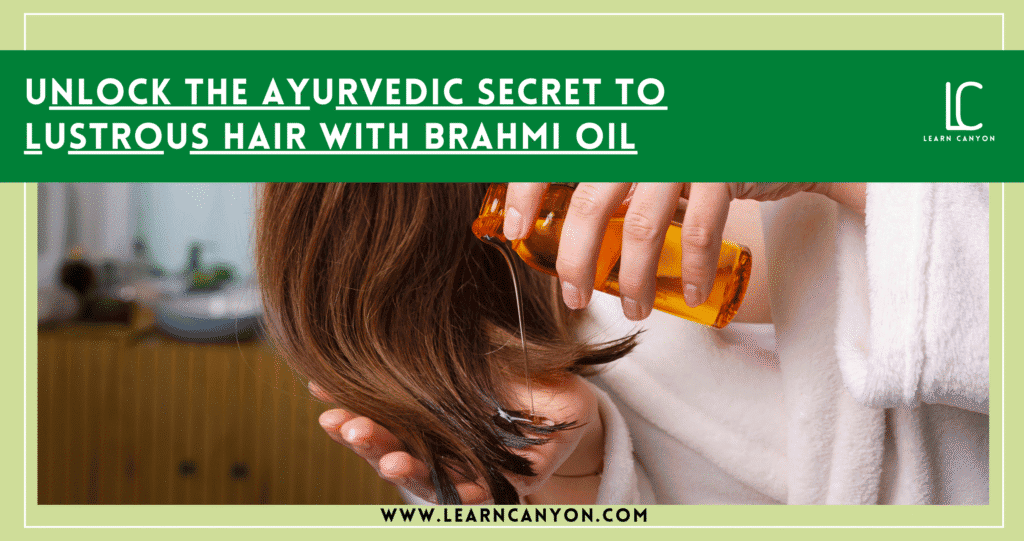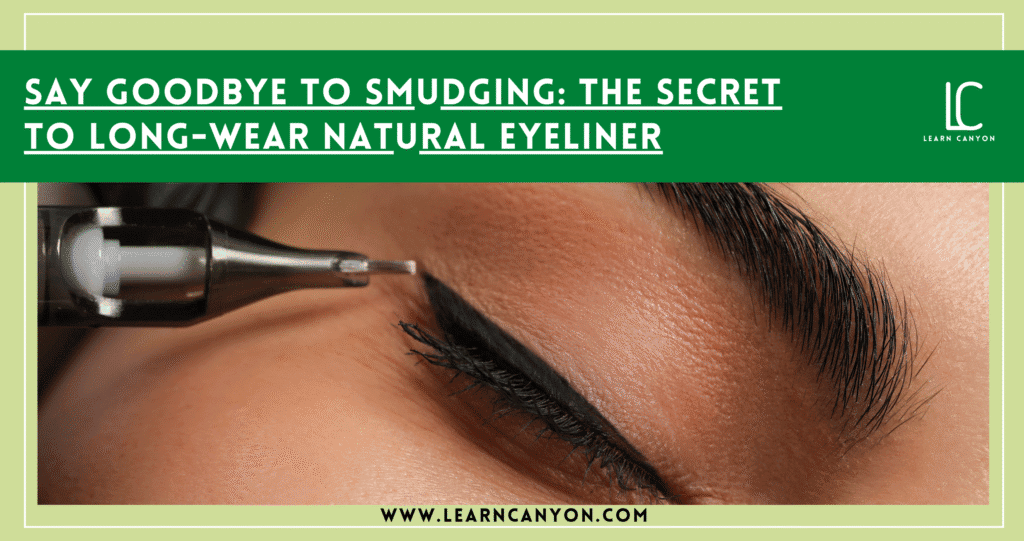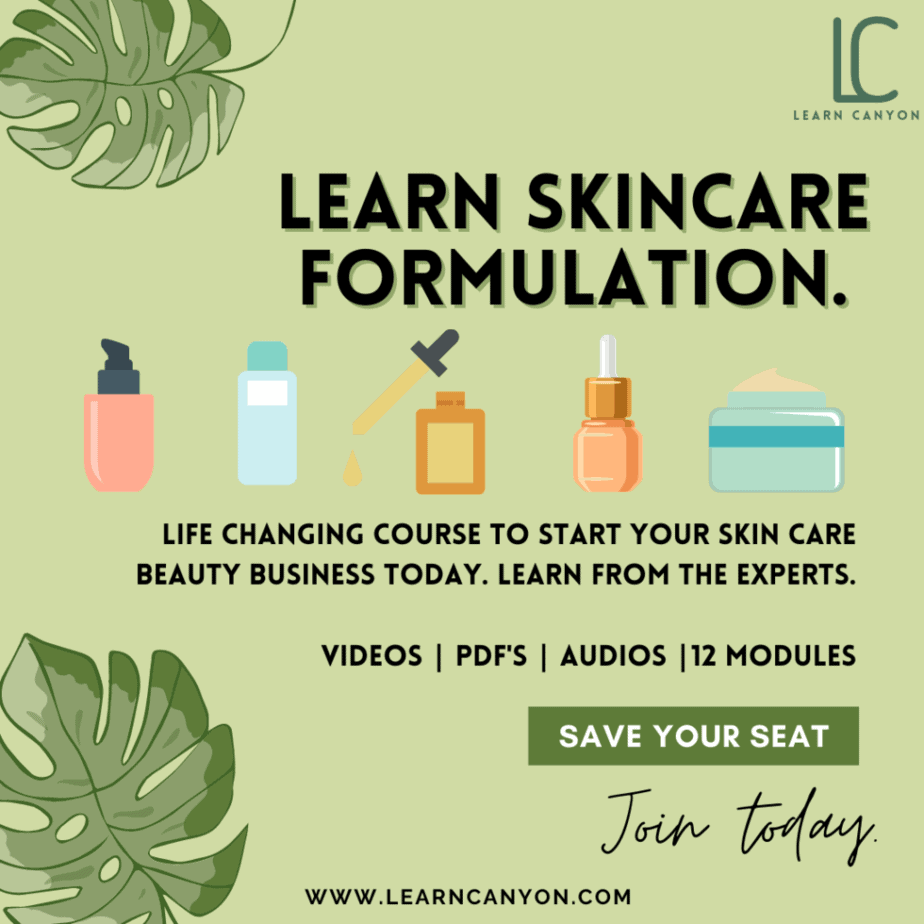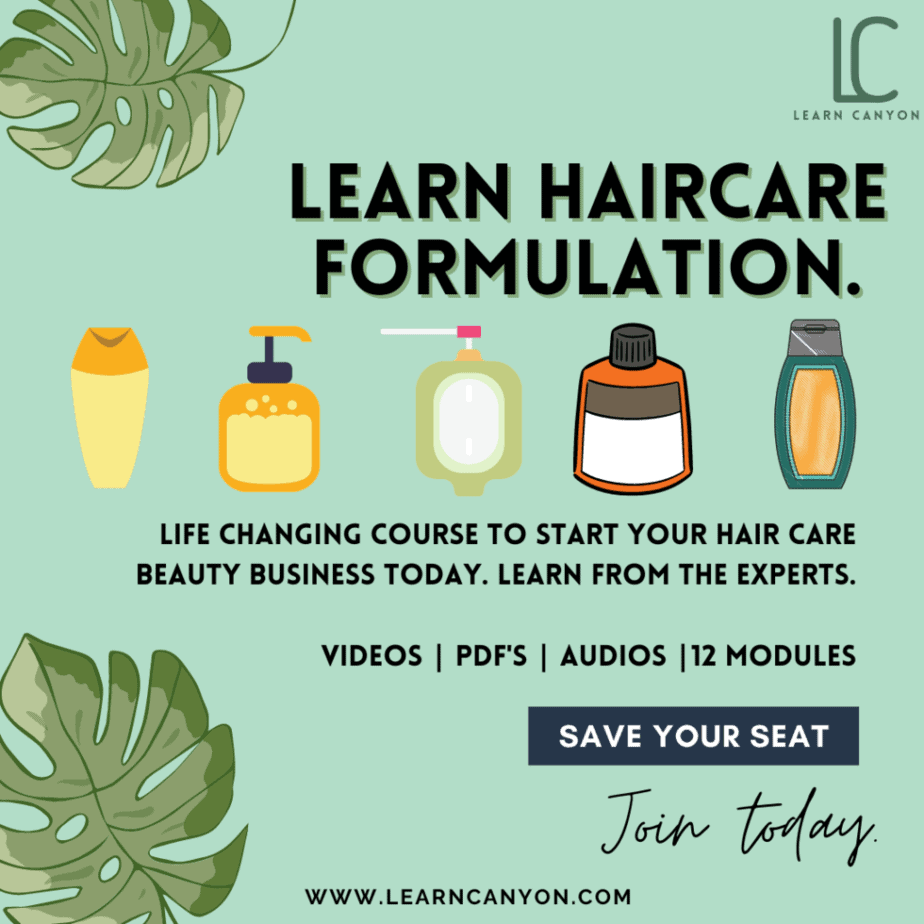Let’s be honest, our hair goes through a lot. Between heat styling, colouring, environmental stress, and product buildup, it’s no wonder so many of us are dealing with brittle strands, split ends, and lackluster locks.
Enter the buzzword everyone’s raving about lately: bond-building.
Now, I know what you might be thinking, is this just another trendy term or is there real science behind it? As a cosmetic formulator who’s worked with both natural and high-performance actives, I can tell you that bond-building isn’t just a marketing gimmick. It’s rooted in the actual structure of our hair, and yes, it plays a huge role in how healthy (or damaged) our hair really is.
The catch? Most bond-building systems on the market today rely heavily on synthetic ingredients. But what if you’re someone who prefers clean, green, and organic solutions? That’s exactly what we’re diving into here.
Can organic haircare ingredients actually help rebuild and reinforce the internal bonds in our hair?
Can we formulate treatments that repair from the inside out, naturally?
Let’s explore the science, the skepticism, and the solutions, one strand at a time.
The Science of Hair Bonds: What Are They, and Why Do They Matter?
If you’ve ever wondered what really holds your hair together, the answer lies deep inside each strand, hair bonds. These tiny molecular connections are what give your hair its strength, shape, and elasticity. When those bonds are intact, your hair feels resilient and shiny. When they’re damaged? Hello, frizz, breakage, and dullness.
There are three main types of bonds in our hair:
- Disulfide Bonds – Think of these as the strongest, most structural connections in the hair. They’re responsible for the shape (curly or straight) and are mainly affected by chemical treatments like bleaching, perming, or relaxing.
- Hydrogen Bonds – These are weaker, temporary bonds that are easily broken by water and heat. That’s why your hairstyle can change when you blow-dry or straighten your hair, but it goes back when it gets wet again.
- Salt Bonds – These depend on the hair’s pH and are disrupted when it becomes too acidic or alkaline.
When your hair is constantly exposed to heat, harsh chemicals, or environmental stressors, these bonds start to break, leading to weakened internal structure and that dreaded “straw-like” texture we all try to avoid.
Now here’s the thing: most traditional conditioners and oils just sit on the surface. They make your hair look nice temporarily, but they don’t address the real problem happening inside the strand, the broken bonds.
That’s where bond-building steps in. It goes deeper, aiming to repair or reinforce the internal framework of your hair. And while synthetic bond builders are popular, the big question we’re exploring today is, can organic and naturally derived ingredients support this process, too?
Spoiler: yes, they can, but they work a little differently. And I’ll explain exactly how in the next section.
Traditional Bond-Builders: How Synthetic Actives Work
Alright, let’s talk about the big players in the bond-building world, those synthetic actives that have made headlines and gained cult status in salons and beauty aisles.
You’ve probably heard of Olaplex, right? It’s practically become a household name for anyone who’s bleached, coloured, or chemically treated their hair. And to give credit where it’s due, it really did change the game. But how?
Most of these traditional bond-builders use lab-engineered molecules that target broken disulfide bonds, the strongest type of bond in your hair’s structure. For example, Olaplex’s hero ingredient, Bis-Aminopropyl Diglycol Dimaleate, actually finds and reconnects broken bonds inside the hair shaft. Think of it like a microscopic repair crew going in to restore the internal scaffolding of damaged hair.
These actives are especially helpful during or after chemical treatments like bleaching, which are notorious for destroying the hair’s integrity. They work fast, are clinically tested, and have shown some incredible results.
But, and here’s where it gets interesting, they’re still synthetic compounds, often developed in a lab, and may include solvents, polymers, or stabilizers that don’t align with a truly organic or natural formulation philosophy.
Now don’t get me wrong, as a formulator, I’m not anti-science. I love science! But I also believe we can combine the wisdom of nature with the precision of science, especially for those of us who want clean, gentle, and eco-conscious alternatives without compromising on performance.
So now the million-dollar question is…
Can we replicate or at least mimic this bond-rebuilding magic using organic and naturally derived ingredients?
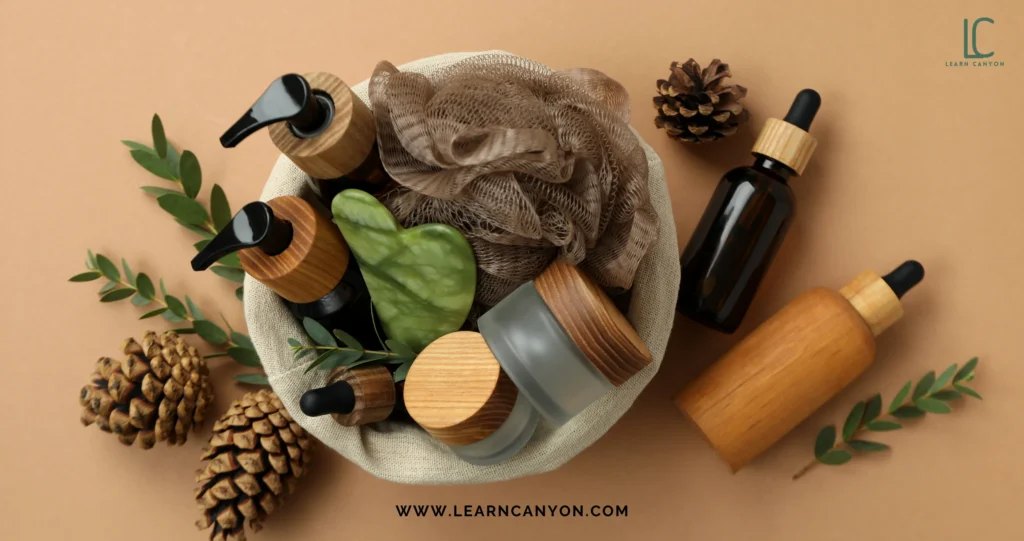
Can Organic Ingredients Rebuild Hair Bonds?
Now this is where things get exciting, because as a formulator who adores working with nature’s chemistry, this is the question I get asked all the time:
Can organic ingredients actually rebuild broken hair bonds?
And here’s the honest answer: Yes… but they do it differently.
Unlike synthetic bond-builders that directly reconnect disulfide bonds through chemical mechanisms, organic and naturally derived ingredients take a more holistic, supportive route. They may not mimic a lab-engineered molecule exactly, but what they can do is reinforce the hair’s structure, restore hydration, fill in gaps in the cuticle, and support natural repair pathways, which is just as important (and sometimes even gentler) for long-term hair health.
Let me break it down like this,
Think of synthetic actives as a quick patch-up job using glue. Fast, targeted, and effective, but still man-made.
Organic ingredients? They’re more like building a strong foundation from the inside out, layer by layer, feeding your hair with proteins, amino acids, and lipids it naturally recognizes and absorbs.
For example:
- Hydrolyzed proteins (like rice, quinoa, or keratin) work by filling in the tiny gaps in the hair shaft, giving the strand more strength and flexibility.
- Amino acids (like arginine, cysteine, and proline) help support the natural rebuilding of hair’s internal bonds.
- Botanical ceramides and phospholipids help to restore the lipid layer around the hair cuticle, improving barrier function and reducing breakage.
- Fermented extracts and bioactives (like bamboo or rice bioferments) boost elasticity and resilience.
These ingredients don’t just coat the hair for shine, they actually nurture the internal matrix, giving your strands the tools they need to recover and thrive.
So, while organic ingredients might not offer the “instant miracle” effect of synthetic bond-builders, they do something far more sustainable, they respect your hair’s biology and work in harmony with it.
In the next section, I’ll show you exactly which organic ingredients are worth formulating with, or looking for on your product labels, if bond-building, the natural way, is your goal.
Top Organic & Naturally-Derived Bond-Strengthening Ingredients
Alright, now we’re getting to the heart of the matter, what actually works when it comes to building stronger hair bonds using ingredients from nature?
As a formulator who’s worked hands-on with hundreds of botanical extracts, proteins, and bioactives, I can confidently say this: there’s a treasure trove of natural ingredients that support hair strength, structure, and resilience, you just have to know what to look for.
Let me walk you through some of my absolute favorites that work beautifully in organic formulations:
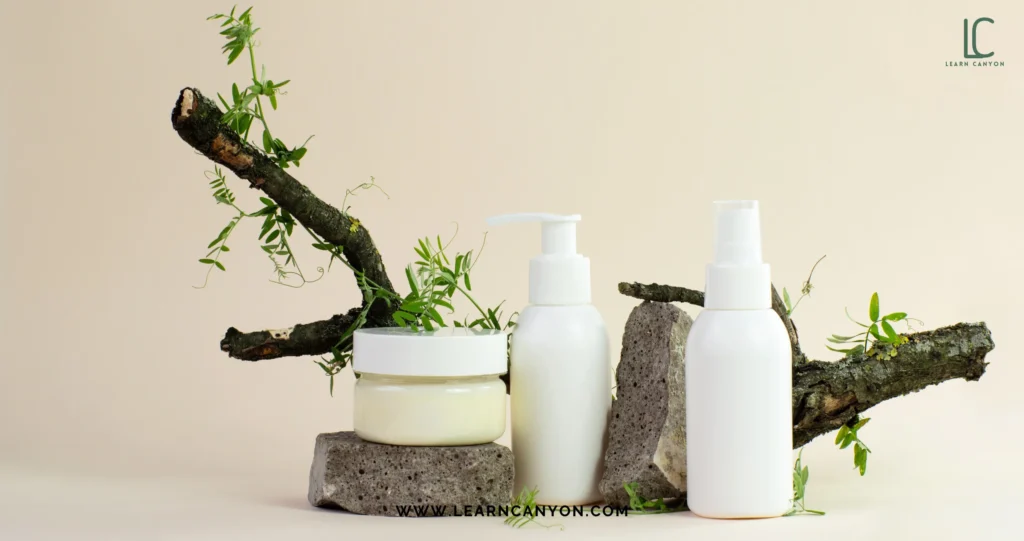
Hydrolyzed Plant Proteins (Rice, Quinoa, Wheat, Oat)
These are small enough to penetrate the hair shaft and fill in microscopic gaps in the cortex. They act like natural internal “plasters” that fortify the hair structure, boost elasticity, and improve moisture retention.
I personally love Hydrolyzed Quinoa Protein for its shine-enhancing and color-protective properties, it’s gentle yet powerful.
Amino Acids (Arginine, Cysteine, Proline, Glutamic Acid)
These are the building blocks of keratin, your hair’s primary protein. In formulations, they support the natural re-linking of broken bonds by reinforcing the internal framework of the hair.
For example, cysteine contains sulfur, which can help mimic disulfide bond-like repair, naturally.
Fermented Actives (Bamboo Bioferment, Rice Ferment Filtrate)
Fermentation enhances the bioavailability of nutrients, making them easier for the hair and scalp to absorb. These actives are amazing for restoring elasticity, calming the scalp, and supporting the hair’s internal structure, especially after damage.
Phytoceramides & Phospholipids
Derived from ingredients like sunflower or wheat germ, these lipids restore the hair’s outer protective barrier and improve moisture retention. Think of them as the “glue” that holds the cuticle together. When used consistently, they reduce porosity and help hair feel smoother and stronger over time.
Ayurvedic Botanicals (Bhringraj, Brahmi, Hibiscus, Amla)
Now you know I can’t leave these beauties out! While they don’t rebuild bonds in the traditional sense, Ayurvedic herbs nourish the scalp, stimulate follicles, and promote healthier, stronger growth from the root.
Hibiscus is rich in amino acids and mucilage, making it a natural hair softener and strengthener. Bhringraj is fantastic for improving hair density and reducing breakage.
Cold-Pressed Oils & Butters (Baobab, Marula, Moringa, Shea)
These aren’t just sealants, they’re lipid-rich powerhouses that help protect the cortex, smooth the cuticle, and lock in moisture.
I especially love Baobab Oil, often called the “Tree of Life” oil, for its ability to repair dry, brittle hair and impart long-lasting softness.
Plant-Based Lecithin
This natural emulsifier (often from soy or sunflower) is rich in phospholipids, which help maintain cell structure in both hair and scalp. It enhances product absorption and supports scalp hydration and resilience, an underrated gem!
The key to effective bond support in natural haircare lies in creating synergy, combining proteins, humectants, and lipids to rebuild, hydrate, and protect at every level of the hair strand.
So yes, you absolutely can craft effective, bond-supporting products using nature’s best, and still stay rooted in clean, conscious beauty.
How to Formulate or Choose a Bond-Building Organic Haircare Product
So now that we know which natural ingredients support bond strengthening, the next question is:
How do we actually bring them together into a powerful, effective formula?
Or, if you’re not formulating, how do you choose a product that truly works and isn’t just labeled “natural” for marketing’s sake?
Let’s break it down.
If You’re Formulating… Think Synergy, Not Single Ingredients
When I create a bond-supporting formula, I don’t just focus on one superstar ingredient. I build a synergistic system, something that mimics the hair’s natural architecture and gives it everything it needs to repair, hydrate, and protect.
Here’s a simple structure I like to follow:
- Proteins + Amino Acids → These offer structural reinforcement.
- Humectants (like aloe vera, glycerin, betaine) → For moisture retention.
- Lipids & Emollients (like baobab oil, sunflower ceramides) → To seal and protect the cuticle.
- Mild pH (4.5 to 5.5) → To keep the cuticle smooth and closed.
- Scalp-Boosting Botanicals → Because healthy roots = strong strands.
You can work this magic into leave-in serums, masks, deep conditioners, or even scalp treatments.
Pro tip? Focus on penetration. Use hydrolyzed, water-soluble actives that can actually reach the inner cortex, not just sit on top.
If You’re Choosing a Product… Read Beyond the Label
The word “bond-building” is being thrown around a lot lately, even on products that don’t actually support internal repair. So here’s how to shop smart:
- Look for ingredients like hydrolyzed proteins, amino acids, ceramides, and fermented botanicals high on the INCI list (top 5–10 ingredients).
- Choose formulas with water-soluble proteins and light oils if your hair is fine or damaged.
- For curly, coarse, or dry hair, go for richer masks that combine proteins with emollients like shea, cocoa butter, or baobab oil.
- Make sure the pH is hair-friendly, around 4.5 to 5.5 is ideal for keeping cuticles sealed.
- Avoid overly alkaline shampoos or alcohol-heavy leave-ins, they can undo all your good work.
Also, don’t be fooled by a fancy label or trendy claims, go straight to the ingredient list, and your hair will thank you for it.
Final Tip from Me, Formulator to Formulator
Bond-building isn’t about a one-time miracle treatment. Whether you’re using organic or synthetic actives, it’s about consistency and balance. Support your hair regularly, avoid harsh chemicals, and make sure every step of your routine contributes to repair, not damage.
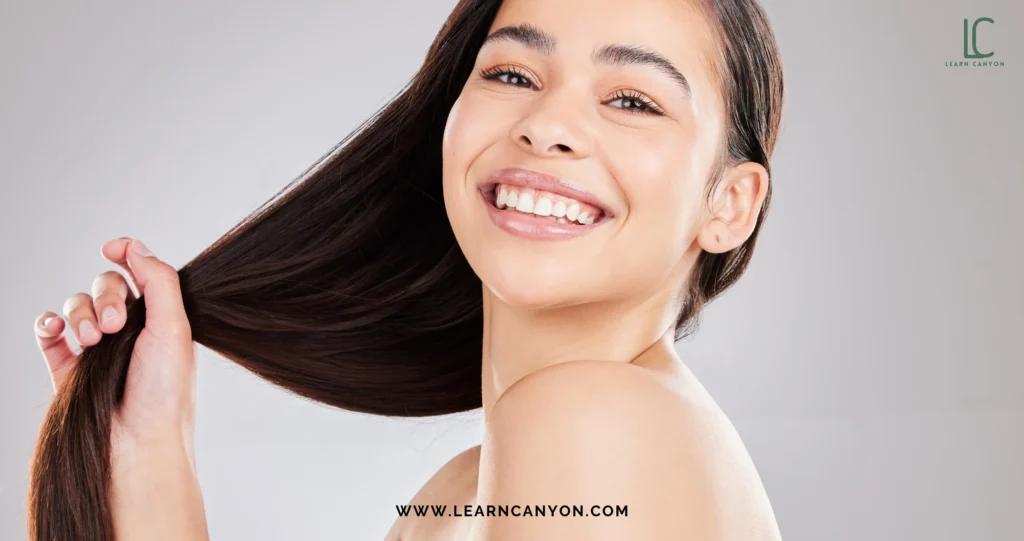
The Ayurvedic Perspective on Strengthening Hair from Within
Now let’s take a little pause from peptides and proteins, and turn inward.
As much as I love modern cosmetic science, I always come back to my Ayurvedic roots when I think about true, lasting hair strength. Because in Ayurveda, healthy hair isn’t just about what you apply on your strands, it’s a reflection of your internal health and energy balance.
So while bond-building focuses on repairing damage at the strand level, Ayurveda teaches us to prevent that damage in the first place, by nourishing your scalp, mind, body, and digestion.
Let’s break this ancient wisdom down into something practical and beautiful you can actually use.
Hair Is a Byproduct of Bone Tissue (Asthi Dhatu)
According to Ayurveda, hair is a secondary tissue formed during the creation of bones. So if your digestion is sluggish or your body isn’t absorbing nutrients properly, your bones and hair may both suffer.
What does that mean in practice?
You need to support digestion, nourish your body deeply, and balance your doshas, especially Pitta (which governs metabolism and can lead to inflammation and premature hair fall when aggravated).
Scalp Massage: The Original Bond-Building Ritual
In Ayurveda, oiling the scalp isn’t just self-care, it’s science. When you massage your scalp with warm herbal oils, you’re:
- Boosting blood flow and oxygen to hair follicles
- Relaxing the nervous system (which supports hormonal balance)
- Delivering strengthening herbs directly to the root level
Some of my go-to oils for this?
- Bhringraj – the “king of herbs” for hair growth and thickness
- Brahmi – calms the mind and strengthens the scalp
- Amla – rich in natural vitamin C, great for shine and resilience
- Neem – balances the scalp microbiome and soothes irritation
- Methi (Fenugreek) – packed with protein and mucilage to reduce hair fall
Warm it, apply it, massage gently, and let your body, and your hair, drink it up.
Nourishment from Within: Ayurvedic Herbs and Teas
You can also strengthen your hair from the inside out by sipping or supplementing with herbs like:
- Ashwagandha – balances stress and supports hormonal health
- Shatavari – supports the reproductive system and boosts hair health in women
- Triphala – detoxifies and regulates digestion
- Bamboo silica or Guduchi – supports collagen production and tissue repair
The Ayurvedic Difference: It’s a Ritual, Not a Quick Fix
Where modern bond-building is often reactive (fixing damage after it happens), Ayurveda is beautifully preventative and proactive. It teaches you to create a daily ritual that nourishes your hair as part of your whole self, mind, body, and spirit.
In a world of instant solutions, Ayurveda whispers: slow down, reconnect, and let your beauty grow from the inside out.
Final Verdict: Can Organic Bond Builders Work?
So, after all this talk of proteins, peptides, herbs, and holistic rituals, let’s come back to the original question:
Can organic ingredients really rebuild hair bonds?
My answer? A wholehearted yes, with intention, knowledge, and consistency.
Now, do organic ingredients behave the same way as patented synthetic actives like you’d find in a lab-engineered bond-builder?
Not quite. Synthetic molecules like Bis-Aminopropyl Diglycol Dimaleate are designed to chemically target and reconnect broken disulfide bonds in a very specific way. They’re precise. They’re effective. They’re also synthetic.
Organic ingredients, on the other hand, don’t try to copy those mechanisms, they offer their own gifts.
- They reinforce the natural structure of the hair.
- They replenish moisture and proteins that hair loses through damage.
- They support the repair process at a cellular level using nature’s own chemistry.
- And most importantly, they nourish the scalp, strengthen the follicles, and help your hair regenerate in a healthier, more sustainable way.
To me, that’s the beauty of working with organic formulations. They don’t force your hair to behave, they invite it to heal.
So yes, organic bond-builders absolutely work, but you need to be strategic with your formulation or selective with your product choices. Think in terms of structure, synergy, and long-term support, not just instant results.
Whether you’re a formulator or someone simply looking to transition to cleaner haircare, remember: nature already gave us the tools, we just need to use them wisely.
Bonus Tips & FAQs
Before we wrap things up, I thought I’d answer a few of the most common questions I get from clients, students, and curious clean beauty lovers who are just stepping into the world of organic bond-building haircare.
Let’s dive in:
Q1: Can I use organic bond-building products on color-treated hair?
Absolutely! In fact, you should. Color-treated hair is more porous and fragile, which means it desperately needs protein reinforcement, moisture balance, and cuticle protection, all of which organic ingredients can provide. Just be mindful to avoid anything overly acidic or drying (like some citrus oils or strong essential oils), and look for color-safe pH-balanced formulas.
Q2: How long does it take to see results with natural bond-builders?
Ah, the golden question! With organic formulations, it’s not usually a “one-and-done” kind of result, it’s more of a nurture-and-strengthen process.
You’ll often start seeing improvements in softness, strength, and breakage reduction within 2–3 weeks of consistent use.
Real bond support and internal repair? Give it at least 6–8 weeks with a good routine. The results are subtle, but beautifully long-lasting.
Q3: Can I combine synthetic and organic bond-building products?
Yes, you can, if that suits your hair goals. Some people love using a synthetic treatment once a month and supporting it with a more gentle, organic routine in between.
But for purists like me (and maybe you, too 😉), sticking with a complete natural system can be just as effective, especially when you include scalp care, internal nutrition, and Ayurvedic practices.
Q4: Do I need to use a full range of products for results, like shampoo, conditioner, serum, and mask?
Not necessarily. Start with what your hair needs most.
If it’s dry and breaking, try a protein-rich mask or a bond-building leave-in.
If your scalp is stressed, start with an herbal scalp oil or a soothing treatment spray.
Once you see results, you can build a fuller routine around it.
Remember: Haircare isn’t one-size-fits-all. It’s a personal journey, and you’re allowed to start small.
Q5: Are natural bond-building products safe for sensitive scalps or kids?
In most cases, yes, especially if the product is formulated with gentle actives and no synthetic fragrances, sulfates, or harsh preservatives.
But always patch test (especially for little ones), and opt for low essential oil concentrations if you’re formulating for children or very sensitive scalps.
Final Tip from Me to You
Whether you’re formulating or shopping for a clean haircare solution, always remember this: Consistency is more powerful than intensity.
A simple, balanced routine done regularly will take your hair so much further than a miracle product used once in a while.
Trust the process. Trust nature. And trust your intuition.



